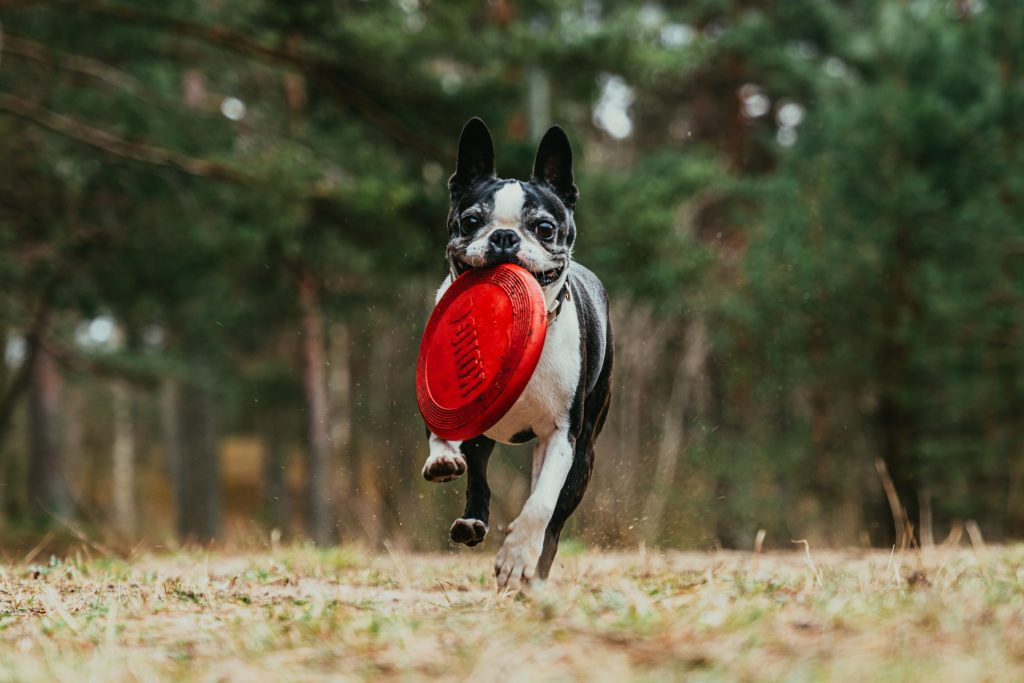The Gold Standard in Physiotherapy and Hydrotherapy for dogs
The Gold Standard in Physiotherapy and Hydrotherapy for dogs

The humeral condyle is the name given to the end of the bone (called the humerus) at the top of the front leg. Along with the radius and the ulna, the humeral condyle makes up the elbow joint.
In some dogs, a crack or fissure can form across the humeral condyle. This can be painful and cause lameness, and it can also predispose the condyle to a complete fracture or break.
These fractures are often not caused by any major trauma, but can occur during normal exercise – particularly when jumping from a height. The condition has also been referred to as incomplete ossification of the humeral condyle (or IOHC).
Affected dogs may show signs of:
Large fissures, cracks or fractures within the humeral condyle can be detected on X-rays, but incomplete or subtle fissures can often only be diagnosed on a CT scan. Because humeral condylar fissures often affect both forelimbs, it is usually recommended to CT scan both elbows.
In some dogs with very subtle fissures, no treatment is needed, but in the majority of cases surgery is recommended to reduce pain and minimise the risk of the condyle fracturing.
Surgery is the best treatment for almost all humeral condylar fractures. The operation involves repositioning the bone fragments back into the correct place and stabilising them using screws, pins and bone plates.
Fracture repair can be challenging due to the involvement of the joint, the small size of the fragments and the possibility of an underlying weakness in the bone that can affect fracture healing.
Rehabilitation is a process which aims to maximise patient mobility and wellbeing, returning them to their usual way of life following illness, injury or surgery. We restore pets to normal function (or as close as is possible), efficiently and safely using a wide variety of physiotherapeutic techniques.
Injury and even surgery can disrupt the body’s equilibrium in all sorts of direct and indirect ways. Even a pet’s own protective responses such as the inflammatory process can overwhelm and inhibit healing so one objective of rehabilitation is to reduce this level of inflammation. During rehabilitation, we also aim to boost the circulatory system, improve muscle function, increase range of motion within joints, and stimulate innate pain-relieving mechanisms.
With a committed and planned rehabilitation programme, pets can recover more quickly, realise better outcomes and avoid much pain and discomfort.
The best rehabilitation programmes consider the whole pet, not just the area of injury; we target and improve multiple systems throughout the body without forgetting the invaluable healing effects of boosting mental wellbeing too. From the wound healing properties of laser treatment, and the muscle strengthening of hydrotherapy, to the circulation boosting effects of massage, we will devise a rehabilitation programme to match a pet’s specific requirements.
Our friendly and skilled physiotherapists are ready to help you and your dog with their rehabilitation.
The content on this page is for advice and information only and does not represent veterinary guidance or direction. Please always consult a veterinary surgeon if you are worries about your dog.